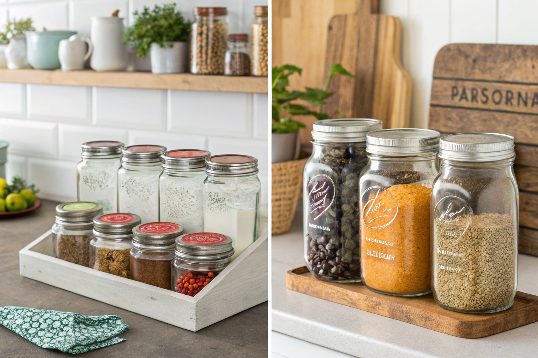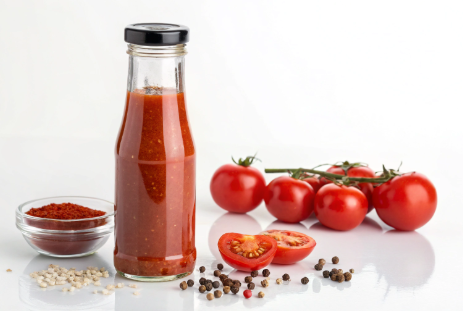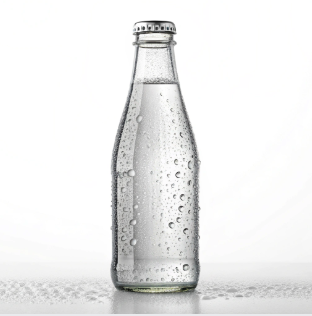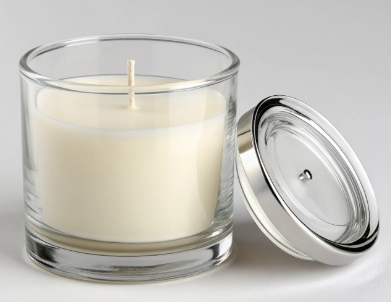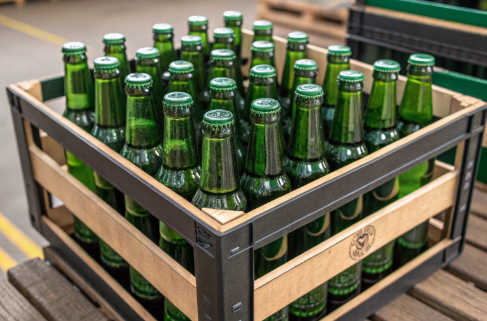Glass bottles are essential packaging solutions widely used across industries such as food and beverage, cosmetics, pharmaceuticals, and more. The process of making a glass bottle is a fascinating blend of raw material science, high-temperature manufacturing, precision engineering, and artistic craftsmanship. At Paupacking, we specialize in producing premium-qualityGlass Bottlesthat meet the highest standards of durability, clarity, and design, suitable for a wide range of applications.
This comprehensive article will guide you through the entire process of how glass bottles are made, from raw material selection to finishing touches. We will also explore the different manufacturing techniques, quality control measures, and innovations that Paupacking employs to deliver exceptional glass bottles to our customers.
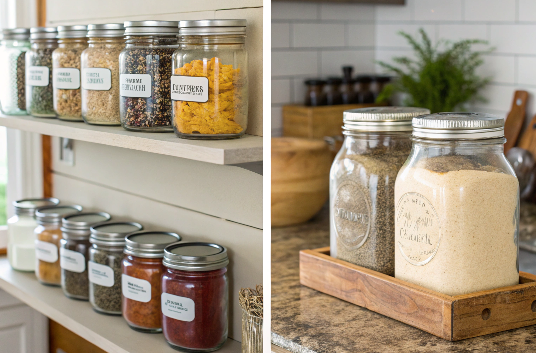

1. Introduction: The Significance of Glass Bottles
Glass bottles are prized for their ability to preserve the purity and flavor of their contents, their recyclability, and their aesthetic appeal. Unlike plastic or metal, glass is chemically inert, meaning it does not react with the products it contains, making it ideal for food, beverages, cosmetics, and pharmaceuticals.
Paupacking’sGlass Bottlesare designed to combine functionality with elegance, providing brands with packaging that enhances product value and consumer trust.Expanding on the Importance of Glass Bottles
The significance of glass bottles extends beyond their physical properties. They are cultural icons and symbols of quality that evoke trust and nostalgia. For example, the classic milk bottle or vintage perfume bottle carries emotional weight that can influence consumer behavior. Moreover, the tactile experience of holding a glass bottle—its weight, smoothness, and temperature—contributes to the overall perception of the product.
Glass bottles also play a critical role in sustainability. As consumers become more environmentally conscious, the demand for recyclable and reusable packaging grows. Glass, being 100% recyclable without loss of quality, fits perfectly into this paradigm. This environmental advantage adds to the appeal of glass bottles for both manufacturers and consumers.
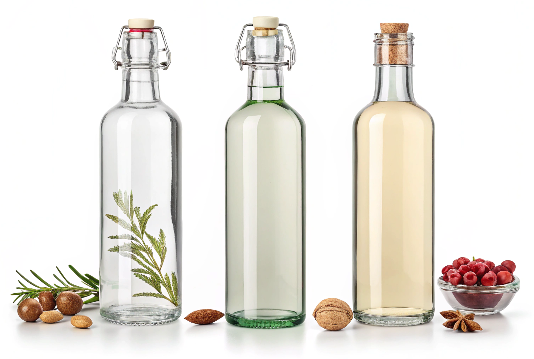

2. Raw Materials: The Foundation of Glass Bottles
The quality of a glass bottle starts with the raw materials used. The main ingredients for glass production include:
-
Silica Sand (Silicon Dioxide):The primary ingredient, providing the structural framework of the glass.
-
Soda Ash (Sodium Carbonate):Lowers the melting temperature of silica, facilitating the glassmaking process.
-
Limestone (Calcium Carbonate):Adds chemical durability and hardness.
-
Alumina (Aluminum Oxide):Improves hardness and resistance to chemical corrosion.
-
Recycled Glass (Cullet):Incorporating cullet reduces raw material consumption and energy usage.
-
Colorants:Trace elements such as iron, cobalt, or selenium are added to produce colored glass varieties like amber, green, or blue.
Detailed Insights into Raw Material Roles
Each raw material plays a specific role in determining the glass’s final properties. Silica sand is the backbone, providing transparency and strength. Soda ash acts as a flux, reducing the energy needed to melt the mixture. Limestone stabilizes the glass network, preventing it from dissolving in water. Alumina enhances resistance to scratches and chemicals, important for bottles that undergo frequent handling. The use of cullet not only conserves natural resources but also lowers carbon emissions by reducing furnace temperature requirements.
Colorants are carefully chosen to meet both aesthetic and functional needs. For instance, amber glass protects contents from ultraviolet light, which can degrade sensitive products like beer or pharmaceuticals. Paupacking’s expertise in raw material selection ensures that every batch of glass achieves optimal clarity, strength, and safety.
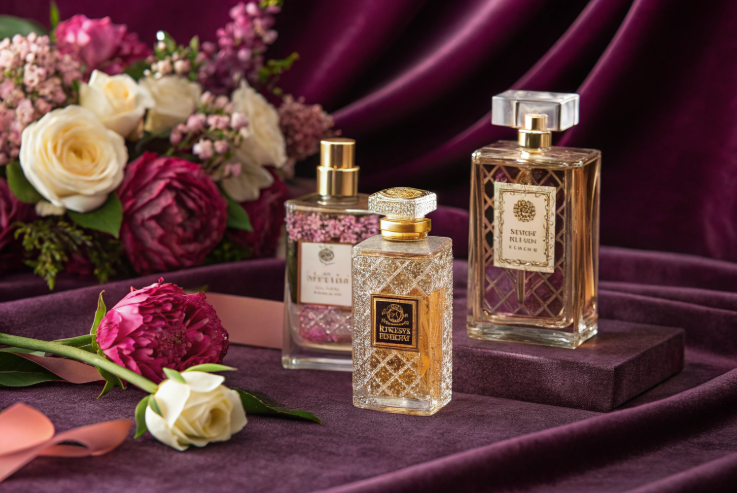

3. Batch Preparation and Mixing
Raw materials are precisely weighed and mixed in a controlled environment to ensure consistency. This mixture, called the batch, is then transported to the furnace for melting. The batching process is continuous in modern glass manufacturing, ensuring a steady supply of glass melt.
Elaborating on Batch Preparation
Batch preparation is a critical step that influences the homogeneity and quality of the molten glass. Advanced batching systems use automated weighing and mixing to maintain exact proportions. Even slight variations can affect melting behavior, glass viscosity, and ultimately, bottle quality. Paupacking employs state-of-the-art batching technology to maintain tight tolerances and reduce variability.
4. Melting Process
The batch is fed into a furnace where it is heated to temperatures between 1400°C and 1600°C (2552°F to 2912°F). At these temperatures, the raw materials melt and chemically react to form molten glass. This molten glass must be free of bubbles and impurities to ensure the final bottle’s quality.
In-Depth Look at Melting
The melting furnace operates continuously, with glass flowing steadily to the forming machines. The refining stage within the furnace allows bubbles and inclusions to escape, producing a clear, homogeneous melt. Paupacking’s furnaces are equipped with advanced temperature controls and atmosphere regulation to optimize melting efficiency and glass quality while minimizing energy consumption.
5. Forming the Bottle
Once the molten glass reaches the desired viscosity, it is gathered into gobs—precise amounts of molten glass—ready for shaping. There are two primary forming methods:
5.1 Blow-and-Blow Method
This traditional method is used primarily for narrow-necked bottles such as beverage containers:
-
A gob of molten glass is dropped into a blank mold.
-
Compressed air blows the glass into a parison (a preliminary bottle shape).
-
The parison is transferred to a final mold, where it is blown again to form the bottle’s final shape.
5.2 Press-and-Blow Method
Used for jars and bottles with wider mouths:
-
The gob is pressed into a blank mold using a plunger to form the parison.
-
The parison is then blown into the final mold shape.
Both methods are highly automated in Paupacking’s production lines, ensuring precision and uniformity.
Expanding on Forming Techniques
The choice between blow-and-blow and press-and-blow depends on the bottle’s intended use, neck size, and design complexity. Blow-and-blow is preferred for bottles requiring narrow necks and intricate shapes, such as perfume bottles or beverage bottles. Press-and-blow offers better control over wall thickness, making it suitable for jars and wide-mouth containers.
Paupacking’s advanced forming machines incorporate robotics and computer controls, enabling the production of complex shapes with minimal defects. The precision of these methods ensures consistent bottle weight, thickness, and dimensional accuracy, essential for brand consistency and functional performance.

6. Annealing: Strengthening the Glass
After forming, bottles are transferred to an annealing lehr—a long, temperature-controlled oven—where they are gradually cooled. This controlled cooling relieves internal stresses caused by uneven cooling during forming, preventing cracks and improving mechanical strength.
Detailed Annealing Process
Annealing is a critical step that determines the bottle’s durability and resistance to thermal shock. The bottles enter the lehr at high temperatures and are cooled slowly over several hours. The rate of cooling is carefully controlled to avoid creating stress points that could lead to breakage during filling, transportation, or use.
Paupacking’s annealing ovens are equipped with precise temperature sensors and control systems to maintain optimal cooling profiles, ensuring each bottle meets stringent quality requirements.
7. Inspection and Quality Control
Quality control is integrated throughout the manufacturing process:
-
Visual Inspection:Automated cameras and human inspectors check for surface defects such as bubbles, cracks, or inclusions.
-
Dimensional Checks:Ensuring bottles meet precise size and weight specifications.
-
Pressure and Impact Testing:Bottles are tested for resistance to internal pressure and mechanical shocks.
-
Leak Testing:Ensuring airtight seals when combined with closures.
Paupacking maintains strict quality standards, delivering bottles that meet or exceed industry requirements.
Enhancing Quality Control
Paupacking employs cutting-edge inspection technologies including laser measurement, X-ray scanning, and high-speed imaging to detect microscopic defects invisible to the naked eye. This multi-layered approach minimizes waste and ensures only flawless bottles reach customers.
8. Decoration and Finishing
Once bottles pass inspection, they undergo finishing processes to enhance appearance and functionality:
-
Surface Treatments:Frosting, coating, or texturing to add aesthetic or tactile appeal.
-
Printing:Screen printing, hot stamping, or digital printing for logos and branding.
-
Labeling:Application of adhesive or shrink labels.
-
Assembly:Fitting of caps, closures, or sprayers.
Paupacking offers customization services to tailorGlass Bottlesto client branding and product needs.
Expanding on Decoration Techniques
Decorative techniques can transform a simple glass bottle into a work of art. Frosting adds a soft matte finish, while hot stamping applies metallic foils for a luxurious effect. Digital printing allows for full-color, high-resolution graphics directly on the glass. Paupacking’s skilled artisans and advanced equipment enable complex decoration, including multi-layer printing and tactile embossing.
9. Packaging and Shipping
Finished bottles are carefully packaged using protective materials to prevent damage during transport. Packaging solutions are customized to client requirements, including eco-friendly options.
Paupacking coordinates global shipping logistics to ensure timely and safe delivery.
Packaging Innovations
Paupacking offers sustainable packaging options such as biodegradable fillers, recycled cardboard, and modular designs that reduce waste and shipping volume. Our packaging engineers design solutions that balance protection, cost, and environmental impact.10. Innovations in Glass Bottle Manufacturing
Modern glass bottle manufacturing incorporates technological advancements to improve quality, efficiency, and sustainability:
-
Energy-Efficient Furnaces:Reduce fuel consumption and emissions.
-
Automated Forming Machines:Enhance precision and reduce waste.
-
Recycled Glass Integration:Minimizes environmental impact.
-
Smart Packaging:Integration of QR codes or NFC for consumer engagement.
Paupacking invests in these innovations to offer cutting-edgeGlass Bottles.
Future Trends
Emerging trends include 3D-printed molds for rapid prototyping, advanced coatings for antimicrobial properties, and digital twin technologies for predictive maintenance of production lines. Paupacking actively explores these innovations to stay at the forefront of glass manufacturing.
11. Applications of Glass Bottles
Glass bottles produced by Paupacking serve diverse markets:
-
Food & Beverage:Juice, milk, sauces, and alcoholic beverages.
-
Cosmetics & Skincare:Serums, oils, and lotions.
-
Pharmaceuticals:Medicines and supplements.
-
Aromatherapy:Essential oils and diffusers.
Our versatile glass bottles meet the specific demands of each industry.
12. Environmental Benefits of Glass Bottles
Glass is a sustainable packaging material:
-
100% Recyclable:Can be recycled indefinitely without quality loss.
-
Reusable:Ideal for refillable packaging models.
-
Non-Toxic:Free from harmful chemicals like BPA.
-
Reduced Carbon Footprint:Use of cullet lowers energy consumption.
Paupacking prioritizes eco-friendly production and packaging.
13. Choosing the Right Glass Bottle Manufacturer
Selecting a manufacturer involves evaluating:
-
Quality and Consistency:Proven manufacturing standards.
-
Customization Capabilities:Ability to produce unique designs.
-
Sustainability Practices:Commitment to green manufacturing.
-
Customer Support:Responsive and knowledgeable service.
-
Production Capacity:Ability to meet order volumes and deadlines.
Paupacking excels in all these areas, making us a preferred partner forGlass Bottles.
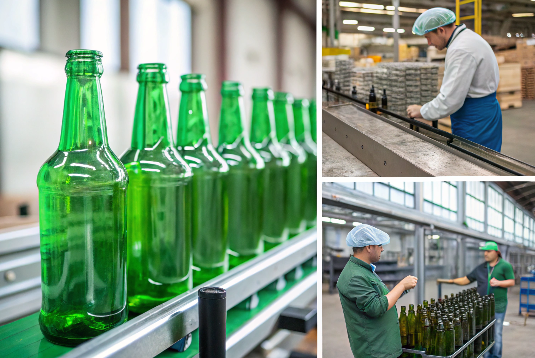
Table: Glass Bottle Manufacturing Process Overview
| Step | Description | Key Considerations |
|---|---|---|
| Raw Material Prep | Weighing and mixing silica, soda ash, limestone, cullet | Consistency and purity |
| Melting | Heating batch to molten glass at 1400-1600°C | Temperature control, impurity removal |
| Forming | Blow-and-blow or press-and-blow shaping | Precision, uniformity |
| Annealing | Controlled cooling to relieve stress | Avoid cracks, improve durability |
| Inspection | Visual, dimensional, and pressure testing | Quality assurance |
| Decoration & Finishing | Printing, coating, labeling, assembly | Branding and functionality |
| Packaging & Shipping | Protective packaging and logistics | Damage prevention, timely delivery |
14. Why Paupacking?
Paupacking offers:
-
Premium-qualityGlass Bottleswith excellent clarity and strength.
-
Extensive customization options.
-
Sustainable manufacturing practices.
-
Reliable global logistics.
-
Expert customer support.
Partner with Paupacking to bring your glass bottle packaging vision to life.
Explore Paupacking’s full range ofGlass Bottlestoday and experience the perfect blend of tradition, innovation, and sustainability in glass manufacturing.




